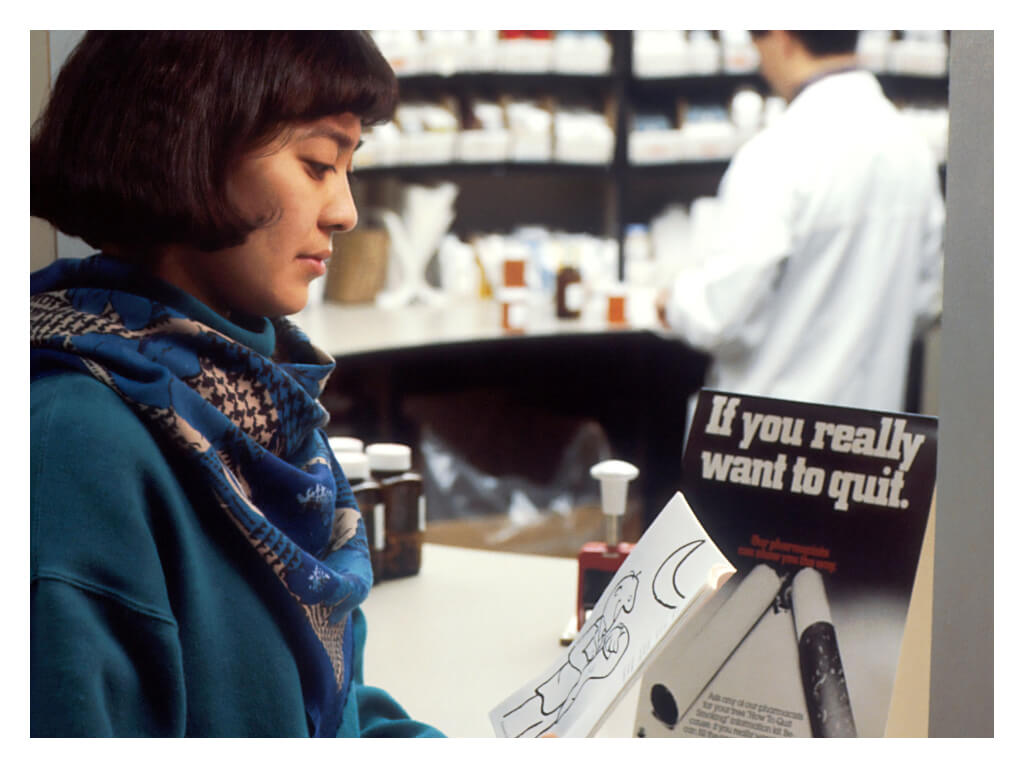If you’ve ever tried and failed to break a bad habit or put an end to patterns of behavior that no longer serve you, you are not alone. Breaking bad habits may not be easy, but with the understanding of how bad habits form and play out in our daily lives, and the tools to create positive change, we can begin to eliminate our bad habits and create healthier and more positive routines and patterns. Let’s look at how we can break up with our bad habits!
Dr. Monica Vermani is a Clinical Psychologist specializing in treating trauma, stress and mood & anxiety disorders, and the founder of Start Living Corporate Wellness. She is a well-known speaker, columnist and advocate in the field of mental health and wellness. Her new book, A Deeper Wellness, is now available for purchase at https://www.book.adeeperwellness.com, and her in-depth online self-help program, A Deeper Wellness, offers powerful mental health guidance, life skills, knowledge and healing, anywhere, anytime. https://www.adeeperwellness.com/ https://www.drmonicavermani.com/
Do you want to stop existing and start living? My new book, A Deeper Wellness, can help you do just that. Through its 18 chapters and challenging, self-reflective exercises, you’ll learn how to heal your past, deal with the problems that you’re struggling with today, and begin to build the future you want and deserve. Order your copy of A Deeper Wellness on amazon.com or amazon.ca And now … https://www.book.adeeperwellness.com
We are creatures of habits, good and bad. And our bad habits come in all shapes and sizes. They range from mildly embarrassing — like nail-biting — and somewhat problematic, like habitually playing video games into the night, and lead to exhaustion, to unhealthy habits and patterns with potentially life-altering consequences that leave us addicted, broke, sick, or alone.
Even relatively benign bad habits, like teeth grinding, over-indulging in sugary snacks or carbohydrate-rich fast foods, or endless hours persuing online social media and news websites, can become problematic. And bad habits and patterns of behavior used to numb unpleasant or uncomfortable feelings, like low mood, stress, and anxiety — substance over-use, including legal substances like alcohol and cannabis, sex addiction, online gaming, pornography, shopping, gambling, binge-eating, and other habits and patterns — can have a devastating impact not only the person with an individual but on other people.
Making Change
When we talk about breaking bad habits, we’re really talking about making change. And when it comes to change, there are three things to understand: that change is achievable, that it can be difficult and challenging, and that it takes time.
One of the reasons that breaking bad habits can be so challenging is that habits do not become habitual overnight. Habits and patterns take time to set in. And the reason habits and patterns set in is because they do something for us. Even the habit of nail-biting, which can leave us with unsightly bleeding fingertips and fingernails chewed down to the quick, relieves tension and stress for chronic nail biters. Despite feeling self-disgust and shame, some nail biters report that nail-biting makes them feel calm and eases tensions in the moment. And while many people who regularly rely on cannabis or alcohol to decompress and destress after a tough day on the job, or numb unpleasant emotions may be uncomfortable with the fact that they depend on a substance to regulate and manage their moods, they may not be ready or willing to make changes to these habits and routines.

The Cycle Of Self-Soothing
There is a pattern to the cycle of self-soothing. First, something triggers a need to self-soothe. For example, a child struggling with math sits nervously in class, hoping that the teacher does not call on them for an answer. Next, their anxiety triggers the soothing activity of nail-biting. And finally, the habit of nail-biting delivers the stress reduction they need in the moment. This is the cycle, no matter what the habit or pattern: trigger, followed by action, resulting in a reward.
The Process Of Elimination
In order for us to break away from habits and patterns that no longer serve us, first, we need to decide to change. Next, we need to become familiar with the triggers that lead us to the action or habit that we want to eliminate. When we pay attention to our thoughts, moods, and sensations that set off or trigger the habit we wish to break, we gain an awareness of what is driving us to drink, smoke, eat, shop, gamble, or otherwise numb our uncomfortable, uneasy, or distressing feelings.
A Compassionate Approach
From here, we can move forward with compassion for ourselves. We can take steps to support the elimination of a bad habit. For example, if we want to stop smoking cigarettes, we might explore smoking cessation programs and resources, or talk to a friend or family member who has successfully stopped smoking and learn what worked for them. Or we could seek the help of medical professionals, who could prescribe a drug to help support smoking cessation. We can also begin to address the underlying triggers — like low mood, stress, anxiety, and feelings of helplessness — that lead to the unhealthy adaptive habits that alleviate discomfort.
As we strive to manage or eliminate bad habits, we need to remain compassionate with ourselves, especially when we occasionally slip back into old habits at a particularly trying time. We need to allow ourselves time and patience as we work to eliminate habits and patterns that took time to establish and become entrenched in our lives. We need to banish an all-or-nothing mindset that can derail months of progress if we slip up and veer off track once or twice. We need to bring in support from trusted friends and family members. And we need to continue to tune in to our feelings and have compassion for ourselves when we are feeling vulnerable or at risk of falling back into old habits.
In With The Good
Finally, when we’re in the process of eliminating a bad habit or pattern of behaviors, it is important to replace bad habits or patterns with good ones. It is important to celebrate our incremental accomplishments, like going for a whole week without nail-biting, binge-watching television, or spending hours on the internet. Over time, we can start to replace old bad habits with more life-enhancing and supporting good ones, like connecting with people in person, establishing an exercise routine, finding healthier ways to manage stress and mood, and exploring ways to add better self-care and more enjoyable and positive pursuits into our lives.

We are here to live our highest and best lives, and to take good care of ourselves along the way. When we are ready to break up with the habits and patterns that no longer serve us, we start to make room for exciting new possibilities for our future selves.
Dr. Monica Vermani’s five powerful steps to breaking bad!
• Decide to change. Make a promise to yourself to eliminate a habit or pattern of behavior that no longer serves you
• Examine what triggers the habit or pattern you wish to eliminate
• Address your triggers. If you need help managing overwhelming trauma, low mood, anxiety, or stress, seek the help of a professional
• Bring in compassion for yourself as you strive to make changes and seek help and support when you need it. And give yourself time to break entrenched habits and patterns
• Replace habits and patterns that no longer serve you with positive, more enjoyable, and healthy interests and pursuits
Main Image Photo Credit: www.unsplash.com
Dr. Monica Vermani
Author
Dr. Monica Vermani is a Clinical Psychologist who specializes in treating trauma, stress, mood & anxiety disorders and is the founder of Start Living Corporate Wellness. Her book, A Deeper Wellness, is coming out in 2021. www.drmonicavermani.com














































































































